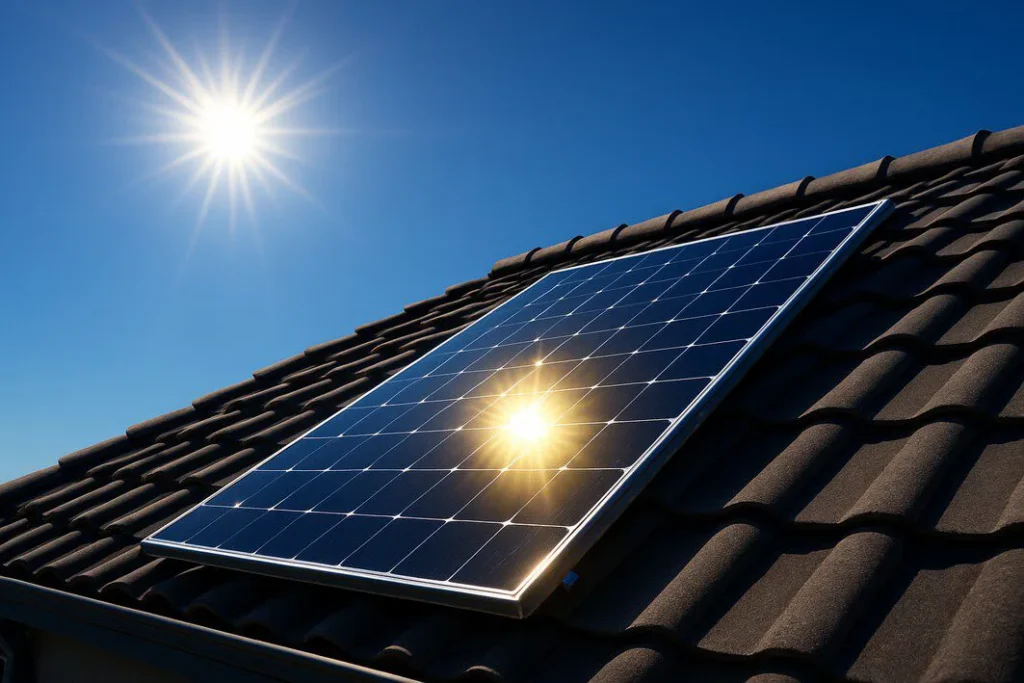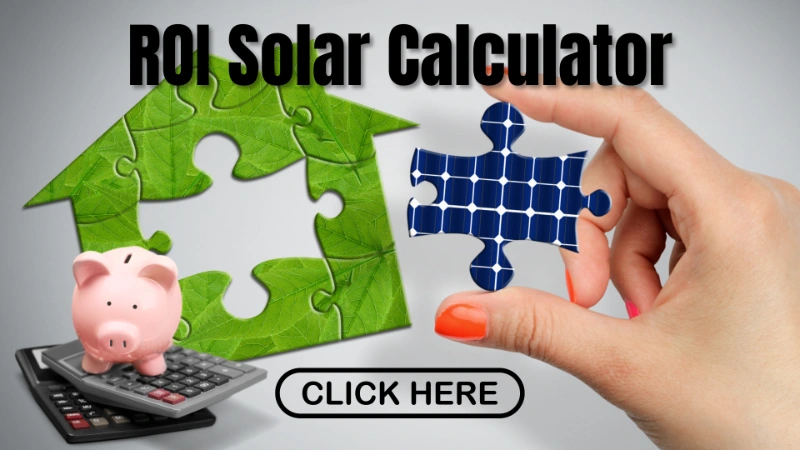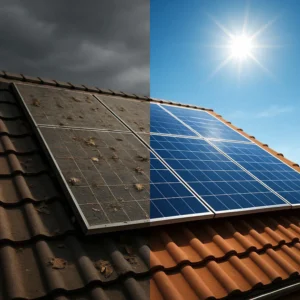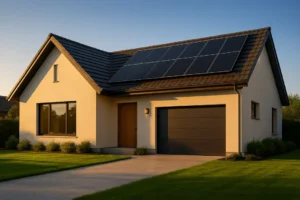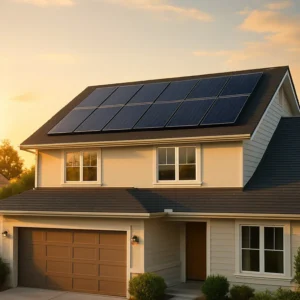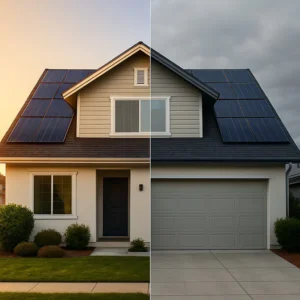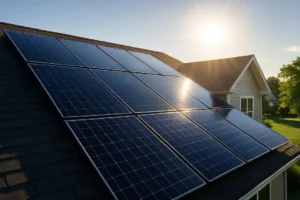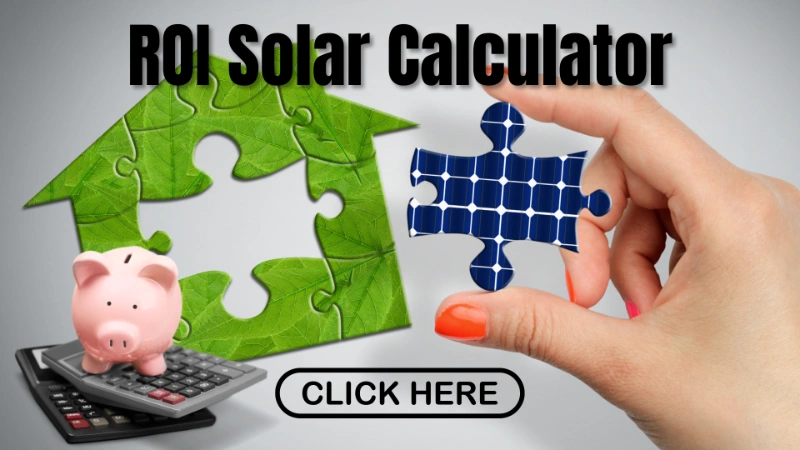Solar panel efficiency is one of the most talked-about metrics in the renewable energy world, but what does it really mean for you as a homeowner? It’s not just about buying the panel with the highest number; it’s about understanding the complete picture of how your system will perform in the real world. An efficient system generates more power in less space, maximizing your return on investment and energy independence.
Table of Contents
This guide is designed to be your definitive resource, drawing from our comprehensive solar knowledge base to demystify this critical topic. We will explore in-depth what affects solar panel efficiency, from the technology inside the panel to the environment on your rooftop, so you can make a truly informed decision for your home.
Understanding Solar Panel Efficiency: The Basics
Before diving into the complex factors, let’s establish a clear foundation. Understanding the core concepts of efficiency is the first step toward choosing the right residential solar solution.
What is Solar Panel Efficiency?
In simple terms, solar panel efficiency is the percentage of sunlight hitting a panel that is converted into usable electrical energy. If a solar panel has a 20% efficiency rating, it means that 20% of the solar energy it captures is transformed into electricity. The rest is primarily lost as heat.
How is Efficiency Measured?
Manufacturers measure efficiency under controlled laboratory settings known as Standard Test Conditions (STC). These conditions include:
- Cell Temperature: 25°C (77°F)
- Solar Irradiance: 1,000 watts per square meter
- Air Mass: 1.5 (simulating the sun’s angle through the atmosphere)
While STC provides a crucial baseline for comparing different panels, it’s important to remember that these perfect conditions are rarely met on your actual roof.
Why Does Higher Efficiency Matter?
A higher efficiency rating brings several key benefits:
- More electricity from a smaller surface area: This is especially beneficial for homes with limited roof space.
- Better performance in less-than-ideal conditions: This includes on cloudy days or during the lower light of early mornings and late afternoons.
Key Solar Panel Efficiency Factors
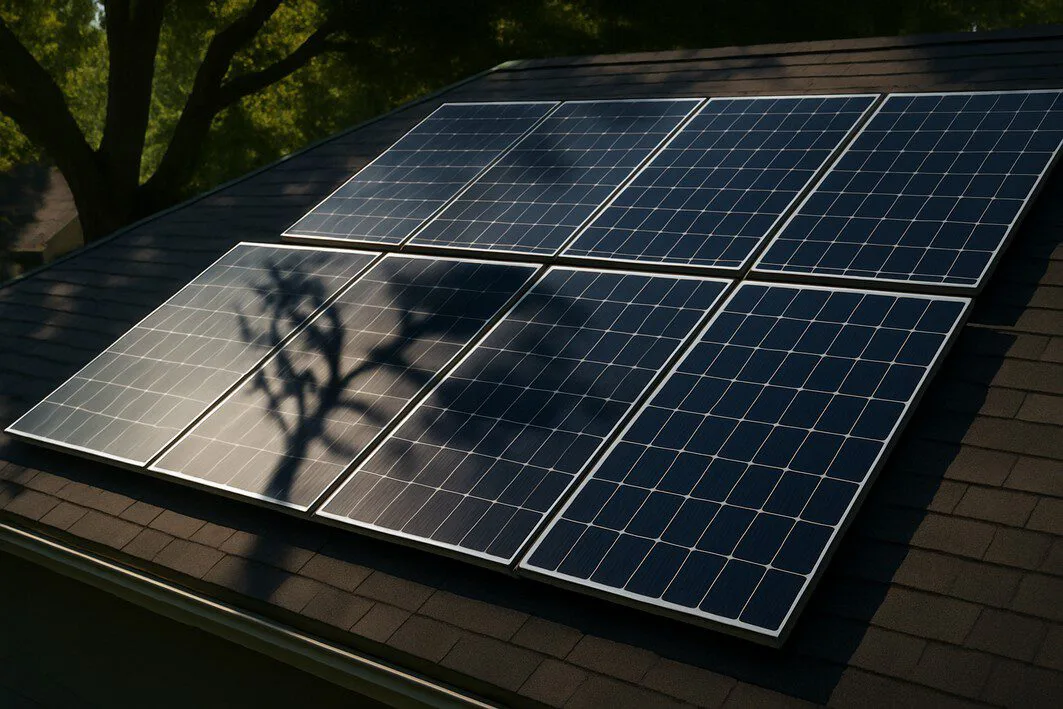
Numerous variables can impact how well your solar panels perform once they’re installed. Understanding these solar panel efficiency factors is crucial for setting realistic expectations and optimizing your system’s output.
Material and Type of Solar Cell
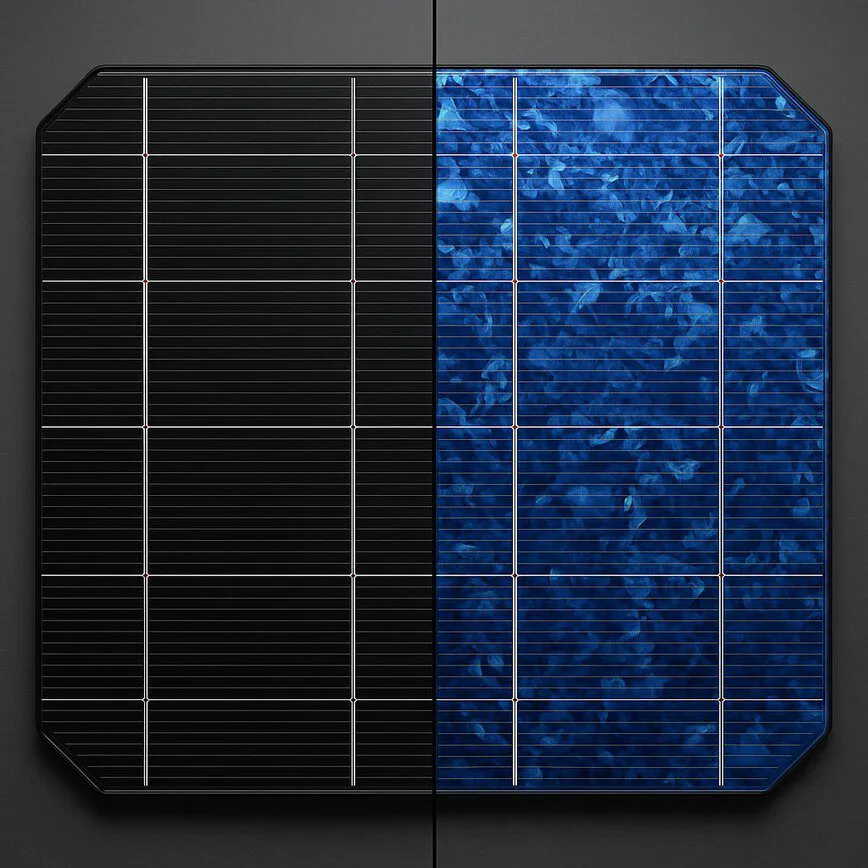
The core technology of the panel is the number one determinant of its potential efficiency.
- Monocrystalline Panels: Made from a single, pure silicon crystal, these panels are the most efficient option on the market, typically ranging from 18% to over 22%. They have a uniform black appearance and are the premium choice for residential solar.
- Polycrystalline Panels: Constructed from multiple silicon fragments melted together, these panels have a blue, speckled look and are slightly less efficient (15%-18%) and less expensive than monocrystalline.
- Thin-Film Panels: These are the least efficient but are lightweight and flexible. They are less common for residential installations due to the large surface area required to match the output of crystalline panels.
Temperature and Heat
It’s a common misconception that solar panels love extreme heat. In reality, high temperatures decrease their efficiency. For every degree above the STC temperature of 25°C (77°F), a panel’s output drops by a specific percentage, known as its “temperature coefficient.” A lower temperature coefficient is better, indicating the panel performs well even on hot, sunny days.
Shading and Obstructions
Even partial shading from trees, chimneys, nearby buildings, or a simple layer of dust and debris can significantly reduce your system’s output. In traditional string inverter systems, if one panel is shaded, the performance of all other panels in that string can be dragged down.
Solar Irradiance
This is a measure of the sun’s power reaching a specific area. Your geographical location, local climate, and the time of year all affect solar irradiance. A location in Arizona will naturally receive more intense sunlight and have higher energy production than a location in the Pacific Northwest.
Panel Orientation and Tilt Angle
For maximum energy production in the Northern Hemisphere, solar panels should ideally face true south. The optimal tilt angle typically corresponds to your home’s latitude. A professional installer will determine the best placement and angle to maximize sun exposure throughout the day and year.
The Age of the Panel
All solar panels experience a slight, gradual decline in performance over time, a process called degradation. Manufacturers provide a performance warranty that guarantees the panel will still produce a certain percentage of its original power (usually 85-90%) after 25 years. High-quality panels have lower degradation rates.
How to Improve Solar Panel Efficiency for Your Home
While you can’t change the weather, you can take several steps to ensure your system operates at its peak potential.
Regular Cleaning and Maintenance
Keeping your panels free of dust, pollen, leaves, and bird droppings is one of the easiest ways to maintain high efficiency. A simple cleaning once or twice a year can prevent significant performance loss.
Professional Installation for Optimal Placement
Working with an experienced installer ensures your panels are positioned to avoid shading and are set at the correct tilt and orientation for your specific location, maximizing their exposure to sunlight.
Choose High-Quality System Components
Your panels are just one part of the system. The efficiency of your inverter, which converts DC electricity from the panels to AC electricity for your home, is also critical. The efficiency of your panels is just one part of the equation; understanding the role of essential solar system components like inverters and batteries is crucial for maximizing your energy output.
Using Power Optimizers or Microinverters
These devices can mitigate the effects of shading. Instead of an entire string of panels losing output because one is shaded, microinverters or optimizers allow each panel to operate independently, ensuring the unshaded panels continue producing at full capacity.
Finding the Most Efficient Solar Panels on the Market in 2025
The solar industry is constantly innovating, with new records for efficiency being set every year. When you’re shopping, it’s easy to get lost in the numbers.
What to Look For: Efficiency, Warranties, and Coefficients
- Efficiency Rating: Look for monocrystalline PERC, HJT, or TOPCon technologies, which currently lead the residential market.
- Performance Warranty: A strong warranty with a low degradation rate is a sign of a durable, high-quality product.
- Temperature Coefficient: Choose panels with a lower temperature coefficient, especially if you live in a hot climate.
Is the “Most Efficient” Always the “Best” Choice?
Not necessarily. The most efficient panels often come with the highest price tag. The best choice for your home involves balancing efficiency with cost. A slightly less efficient but more affordable panel might provide a better return on investment, especially if you have ample roof space.
Making an Informed Decision with RenewGenius
Navigating these details can be complex, but you don’t have to do it alone. At RenewGenius, our goal is to empower you with the knowledge to make the right choice for your specific residential needs.
By leveraging our comprehensive solar knowledge base, you can move beyond simple marketing claims and understand the real-world performance you can expect. The next logical step is to see how these efficiency numbers translate into real-world savings. Our ROI calculator is a powerful tool designed to help you input details about your home and potential system to project your long-term financial benefits.
Ultimately, understanding what affects solar panel efficiency is the key to a successful solar journey. It transforms you from a passive buyer into a savvy homeowner who is invested not just in a product, but in a smarter, more sustainable energy future.

